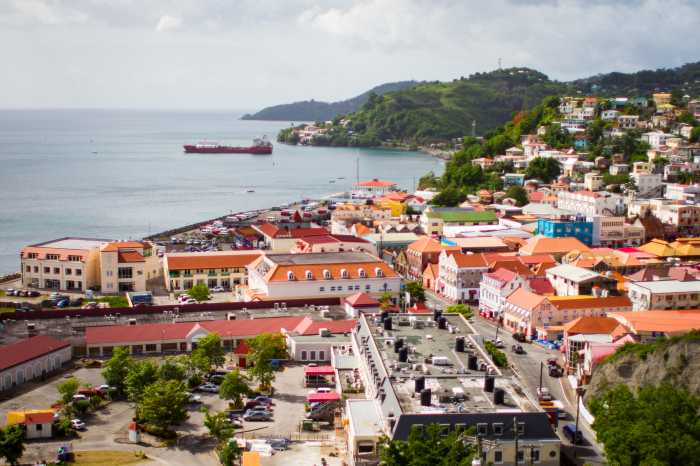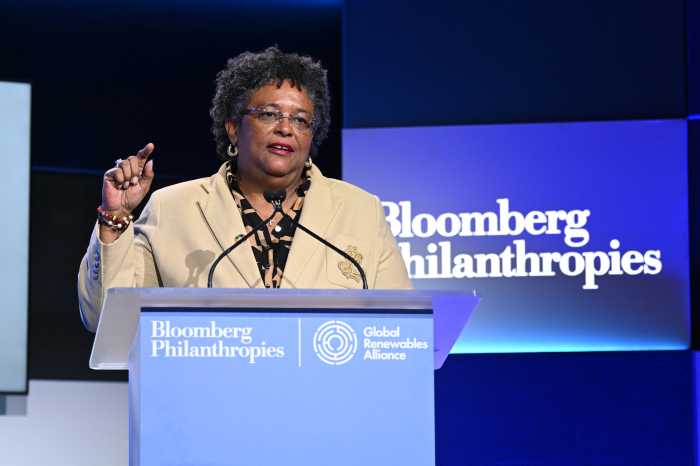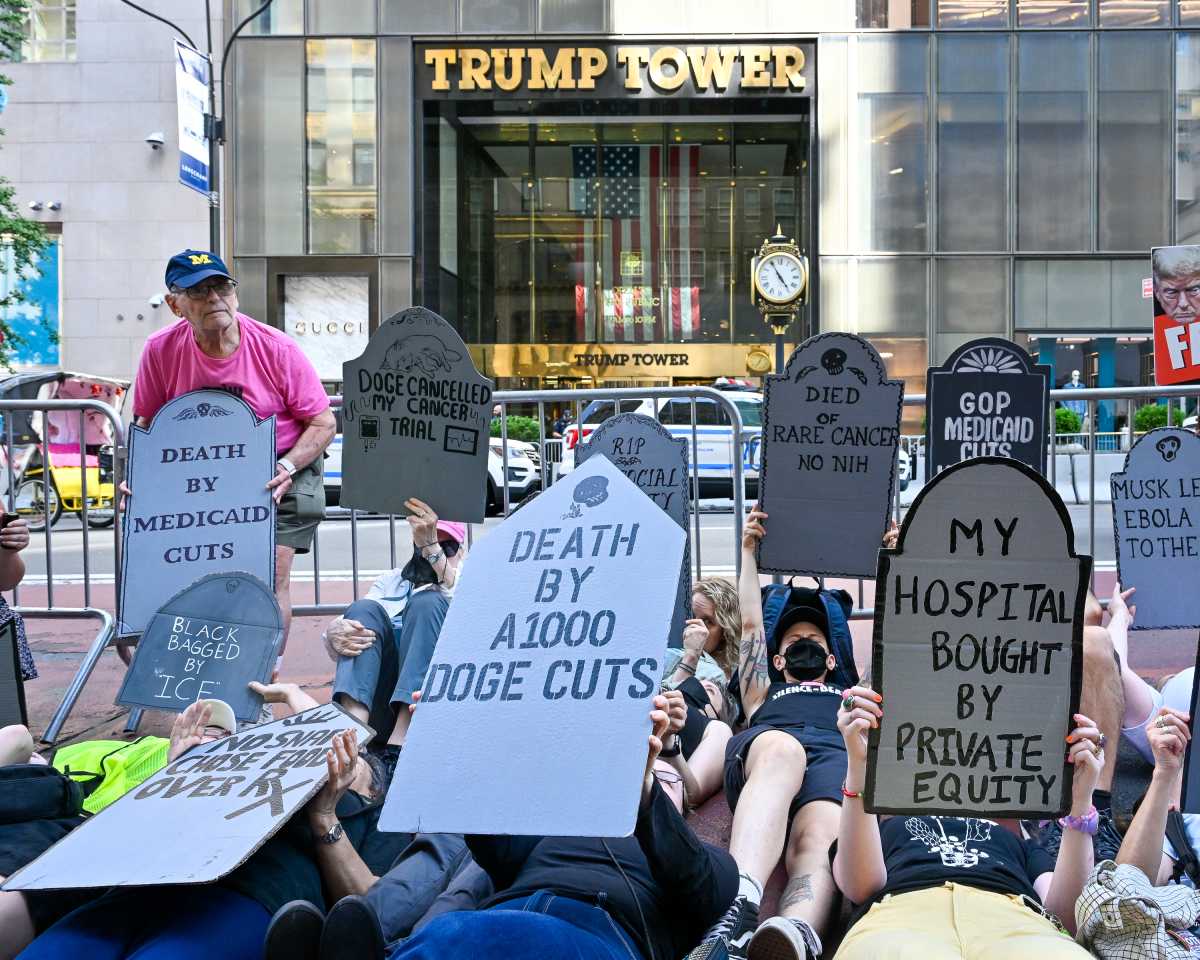Twenty-seven artists of Dominican and Haitian-heritage together are collaborating in what seems impossible on the island of Hispaniola itself.
The exhibition “La Lucha, Quisqueya and Haiti: One Island”– paintings, prints, photographs, sculptures and mixed media runs through Feb. 27 at the Rio Penthouse Gallery, 10 Fort Washington Ave in Washington Heights, Manhattan.
“Quisqueya” a Taíno language name to mean Mother of all Lands, is used for the entire island of Dominican Republic and Haiti but is mostly adopted by the eastern portion, the nation of the Dominican Republic.
La Lucha translates to “the struggle” or “the fight.”
The exhibition’s organizer Yelaine Rodriguez, a 24-year-old Dominican-American fashion designer put together the show to start a conversation between these Diaspora artists in New York. She partnered with Haiti Cultural Exchange.
As a young diaspora Dominican, Rodriguez recognizes she has “a lot to learn” about the history of the island — Dominican and Haitian history and she is learning from other artists. One such recent revelation, “We celebrate our independence from Haiti, but not from our colonizers.” She realizes how much separation there is.
In spite of strong Haitian communities, she also became aware that she didn’t know many Haitian artists, explaining, “Even in New York, we were separate.” Organizing the exhibition was her way to counter this.
Several works deal pointedly with relations between the two countries. Haitian-American multi-media artist Sable Smith’s art practice is concerned with memory, trauma, and identification. In her art piece, she remixes cut up photographs and written recollections of two traumatic events, the 2010 earthquake and the 1937 Parsley Massacre, when up to 20,000 Haitians were killed under orders of the Dominican president Rafael Trujillo.
Carlos Jesus Martinez Dominguez expands the conversation with an installation, a sculpture framed by a wooden crate from the Dominican Republic and coins featuring the face of the country’s founding father Juan Pablo Duarte who is recognized for freeing that side of the island from a 22-year of Haitian occupation. The occupation is frequently evoked to spread anti-Haitian sentiment and is used for political purposes
The mixed-media piece by Dominican artist Jennie Santos is an oversized stuffed person-shape with the regions of Haiti delineated. Thin wooden dowels project with a container of “pins/dowels” on the floor suggesting that the piece be interactive. Haiti appears to be one big Vodou doll. Are you supposed to add to or pull out the dowels? There was no written explanation. One observer commented, “You have to be careful when you’re using symbols.”
Haitian artist Klode Garoute is familiar with this gallery having exhibited work in other shows there. Her painting of bright yellows and earthy browns, “to share the vibrant colors of Haiti” is entitled “Art Energy,” a piece reflecting creative forces (life forces on both sides of the island) that enable positive things to happen.
With 27 exhibiting artists and much local media coverage, the opening night of the exhibition was packed. There were also a few vocal demonstrators in the lobby passing out flyers denouncing detent between the two populations. “They see themselves as patriots and want to keep Dominican Republic pure,” said Rodriguez of the few who were not representative of the evening.
Many artists and activists have been addressing these issues for a long time. However, there continue to be great tensions on both sides. The intent of exhibitions such as this one is to keep the conversation going. We’re going to have a part two, says Rodriguez. “It will be in October in the Bronx.”


















